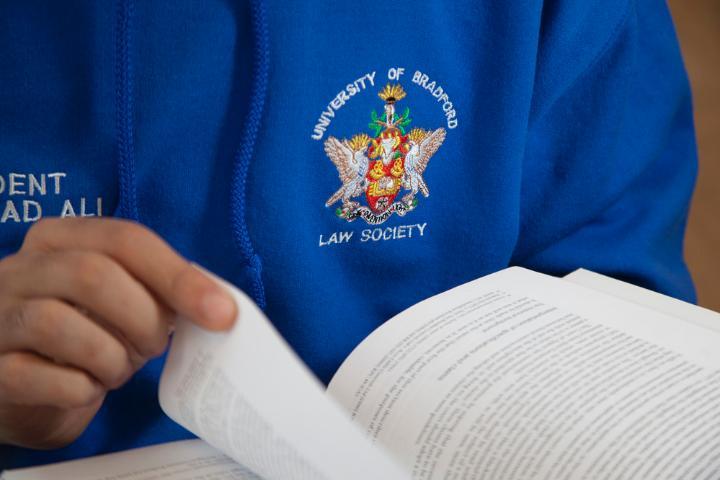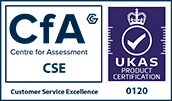Types of plagiarism
Academic integrity
This page introduces the concepts of good and bad academic practice or academic integrity.
Good academic practice is about adopting strategies and behaviour that allow you to complete your university studies independently and honestly, and writing assignments in an appropriate academic style. It will also get you better marks!
Bad academic practice includes dishonesty, cheating and plagiarism and also work that is badly prepared and rushed. The rest of this page shows examples of bad academic practice and how to avoid it.

Direct copying
This sort of plagiarism is taking the exact words somebody else wrote, (in a website, a book, another student's work, or any other source) and putting that into your assignment, without pointing out that you are using someone else's words.
Word-switching
This sort of plagiarism means taking someone else's writing and changing words here and there, or taking little bits of sentences, without pointing out that you are using someone else's ideas and sentence structure.
Working with other students
You must always do your assignments yourself. So:
- Copying another student's work is plagiarism.
- Submitting all or part of another student's work as your own is plagiarism.
- Sharing written work is plagiarism.
- Paying somebody to do your work for you is plagiarism.
- In an individual assignment, writing the assignment with other people is plagiarism. (Group assignments are different!).
- If you need help with English language, you should go to official University sources such as the Academic Skills Advice service or the Language Centre, rather than asking friends for help.
- Asking another student to translate your ideas into English, or getting their help to write your assignment is plagiarism.
Unless you are told to work in a group, you must work alone. If you want to talk to your friends about the work, do it before you start writing. The work you submit must be your own!
It is acceptable to:
- Discuss work with other students.
- Get advice on information sources from other students.
- Work in a group when told to do so by your lecturer.
Concealing sources
Not making it obvious where you are drawing on somebody else's work will be regarded as plagiarism. This includes:
- Taking somebody else's ideas and putting them into your words without telling us where you got the ideas.
- Using a source several times, but only pointing it out once.
If you use ideas from the same source several times in a piece of work, you should place a citation each time you use the source.
Buying assignments
Buying your assignment is the most severe form of plagiarism. If you are found to have purchased your assignment, you will usually be excluded from the University.
For more details on the penalties for buying assignments, consult the Breaches of Assessment Regulations: Academic Misconduct document.
Re-using your previous work
Re-using work from a previous assignment without making it clear what you are doing deceives the lecturer who is marking this piece of work, and is regarded as plagiarism. If you re-submit all or part of a previous piece of work it is poor academic practice as you are trying to get two sets of marks for one piece of work. You will not be set an identical assignment twice – even if the title looks similar you are expected to develop your ideas and arguments rather than simply cutting and pasting previous work
You can re-use previous work in the following ways:
- Using results from a previous assignment and referencing them as you would any other source.
- Re-reading and re-interpreting sources used on a previous assignment.
- Building on ideas from a previous assignment.
You should NOT cut and paste large parts of a previous assignment into a new one.
Sometimes you are told to re-use work for different assignments. For example, you might:
- Have an assignment where you write an essay plan, then another assignment where you write the full essay.
- Have an assignment where you write a literature review, then another assignment where you write a dissertation that includes the review.
This is acceptable because the lecturer knows that you are doing it.
Re-using your previous work
Re-using work from a previous assessed assignment deceives the lecturer who is marking this piece of work, and is regarded as plagiarism. It is poor academic practice, if you re-submit all or part of a previous piece of work, as you are trying to get two sets of marks for one piece of work. You will not be set an identical assignment twice – even if the title looks similar you are expected to develop your ideas and arguments rather than simply cutting and pasting previous work.
You can re-use previous research and thinking in the following ways:
- Using results from a previous assignment, citing and referencing them as you would any other source;
- re-reading and re-interpreting sources located for a previous assignment; or
- building on ideas that you originally developed for a previous assignment, without copying your text from the previous assignment.
You should NOT cut and paste parts of a previous assignment into a new one.
Sometimes you are told to re-use work for different assignments. For example, you might:
- have an assignment where you write an essay plan, then another assignment where you write the full essay, or
- have an assignment where you write a literature review, then another assignment where you write a dissertation that includes the review.
This is allowed, because it is deliberately designed into your course and the lecturer knows that you are doing it. However, you should always check that earlier work is re-usable before completing your assignments.


